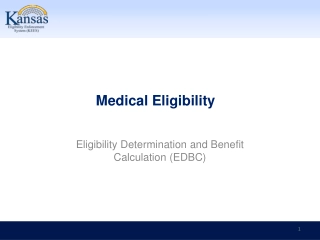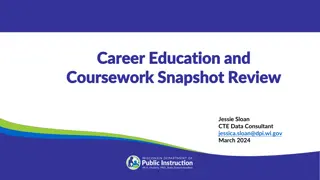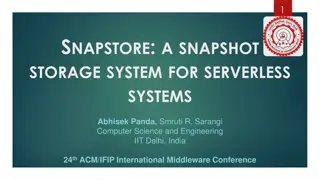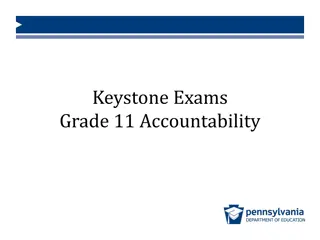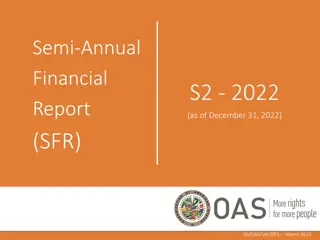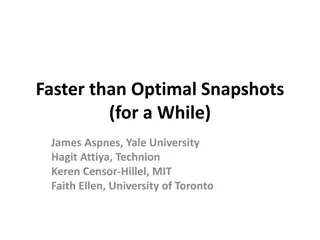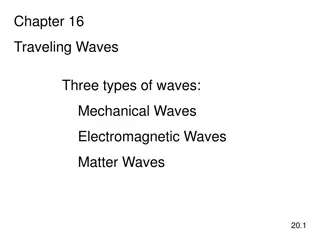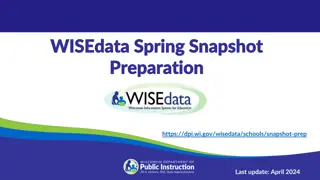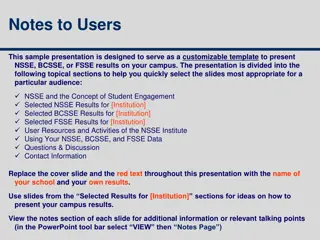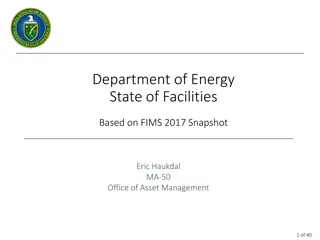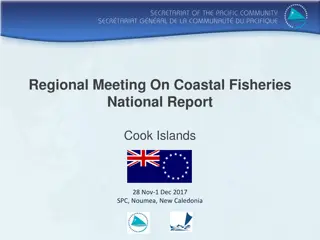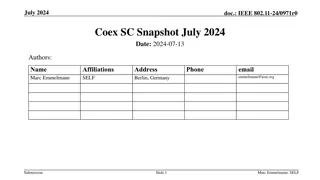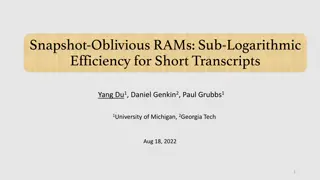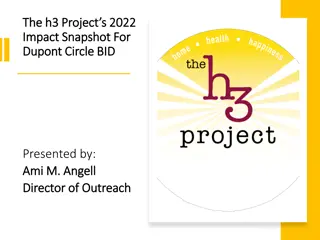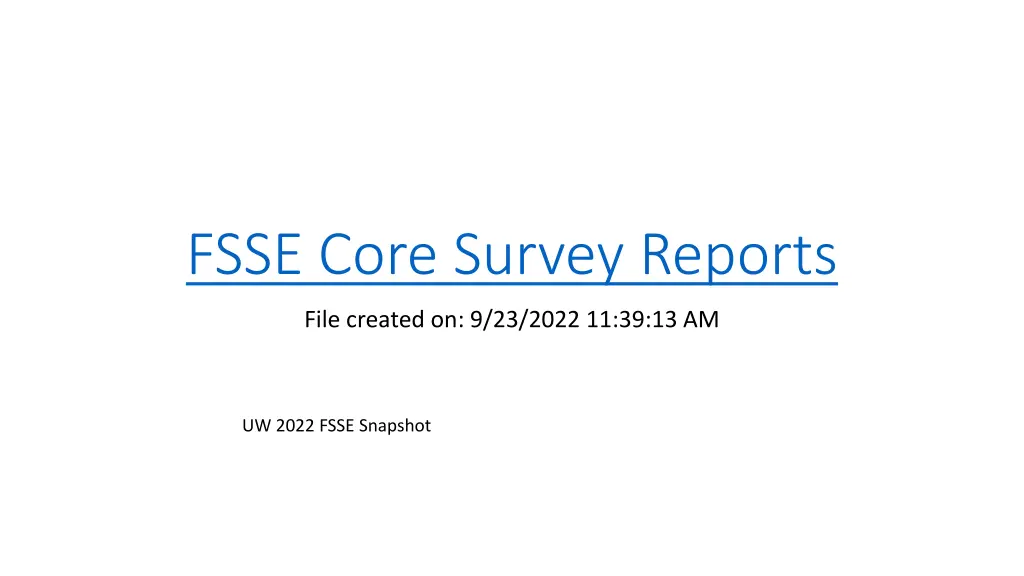
Faculty and Student Engagement Insights in Higher Education
Explore a comprehensive analysis of faculty-reported data on the importance of institution emphasis, student-faculty interactions, high-impact practices, time allocation, and more in higher education settings. Gain valuable insights into the dynamics of learning environments and teaching practices.
Download Presentation

Please find below an Image/Link to download the presentation.
The content on the website is provided AS IS for your information and personal use only. It may not be sold, licensed, or shared on other websites without obtaining consent from the author. If you encounter any issues during the download, it is possible that the publisher has removed the file from their server.
You are allowed to download the files provided on this website for personal or commercial use, subject to the condition that they are used lawfully. All files are the property of their respective owners.
The content on the website is provided AS IS for your information and personal use only. It may not be sold, licensed, or shared on other websites without obtaining consent from the author.
E N D
Presentation Transcript
FSSE Core Survey Reports File created on: 9/23/2022 11:39:13 AM UW 2022 FSSE Snapshot
Supportive Environment Faculty reported how important it was to them that your institution increase its emphasis on each of the following.
Student-Faculty Interaction Faculty reported how often they had done each of the following with the undergraduate student they teach or advise.
Due to their positive associations with student learning and retention, special undergraduate opportunities are designated high-impact. The first figure at right displays how important faculty believe that it is for undergraduates at their institution to participate in select High-Impact Practices before they graduate.
The second figure summarizes faculty participation in these selected High-Impact Practices in a typical week. For service-learning the percentage represents faculty responding that at least some of their courses include a service-learning component.
Time Spent Preparing for Class These figures report the average weekly class preparation time faculty expected students to spend, and the average amount of time they perceived students actually spent, in the faculty s selected course sections.
Reading and Writing These figures summarize the number of hours faculty expected students to spend reading, and the average number of pages of assigned writing, for the faculty s selected course sections.
Time Allocation This figure summarizes the number of hours that faculty spent in a typical seven-day week on teaching activities (preparing, teaching class sessions, grading, meeting with students outside of class, etc.); advising; research, creative, or scholarly activities; and service activities (committee work, administrative duties, etc.)


